
A leading JPMorgan strategist raises eyebrows and optimism by pushing back against the rising chorus urging investors to “sell America.” Jacob Manoukian, U.S. head of investment strategy at JPMorgan, recently dismissed fears that American economic dominance is eroding under pressure from tariffs and ballooning national debt.
“We completely disagree with the idea that the U.S. is somehow losing its position as the center of the financial universe,” he told Fortune. That messaging comes as U.S. markets absorb dramatic shocks from recent budget policies and trade restrictions. JPMorgan’s stance: remain confident in U.S. resilience. But is that confidence shared across the finance world?
Debt and Doubt
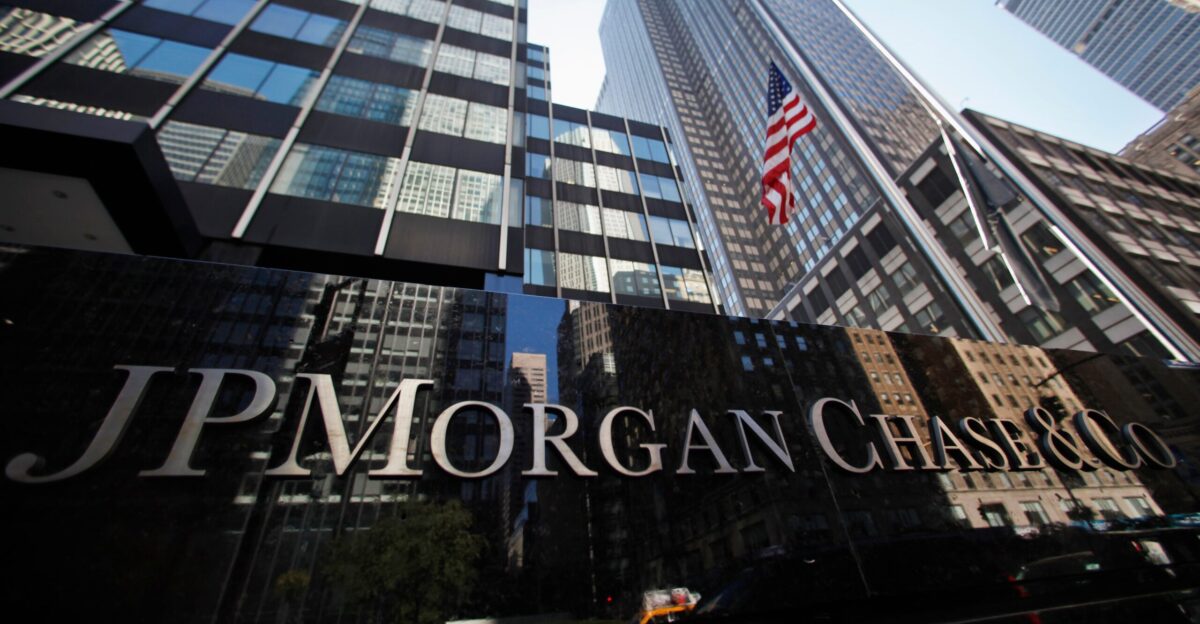
The stakes have only increased in mid-2025, with U.S. national debt surging past $38 trillion and freshly imposed tariffs roiling global markets. As critics warn that cumulative pressure could erode investor trust, JPMorgan is leaning into a contrarian position: “Don’t sell America.” That turns heads in a moment defined by runaway deficits and rising inflation expectations.
While other institutions have sounded alarms, JPMorgan asserts faith in the enduring strength of U.S. financial institutions, innovation, and infrastructure. The tension is apparent; optimism is now a calculated stance.
Repeat Cycles

This isn’t the first time America’s economic foundations have been tested. Throughout decades of financial turmoil, World War recoveries, oil crises, and the 2008 crash, U.S. capital markets have repeatedly bounced back, often stronger. JPMorgan analysts argue this “renewal through adversity” pattern supports continued investment in the U.S., even amid rising protectionism and fiscal imbalance.
They point to global trust in the U.S. dollar, deep capital pools, and technological leadership. And historically, despite noise from credit rating agencies and deficits, U.S. Treasury bonds remain among the world’s safest bets.
Tariff Turbulence
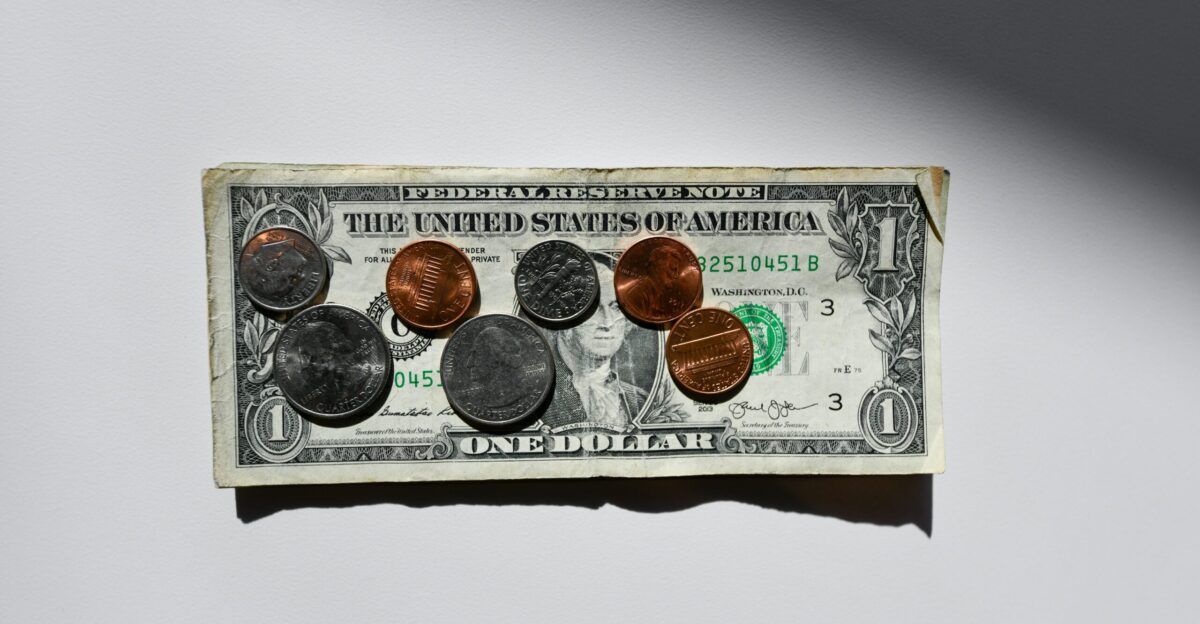
The latest round of tariffs imposed in April 2025 hit imported industrial components and electric vehicles, sparking retaliatory moves from allies and rivals alike. Markets wobbled as European and Asian automakers raised prices, while U.S. firms scrambled to adapt. JPMorgan acknowledged these disruptions, especially in global supply-chain-dependent sectors.
However, their strategists argue the broader U.S. economy has demonstrated surprising agility in absorbing trade friction. They see tariffs as a headwind with real costs but not powerful enough to destabilize systemic American dominance.
JPMorgan’s Call

On July 15, 2025, JPMorgan publicly advised clients to maintain U.S. allocations, directly countering bearish positions gaining traction from global hedge funds and rival institutions. The “Bet on America” report formally addressed fears over tariffs and debt, asserting that “structural economic advantages” continue to outweigh short-term volatility.
Manoukian warned against lumping American fiscal noise with systemic decline: “Narratives like ‘sell America’ miss the deeper fundamentals.” The report’s bet on institutional endurance gained credibility with U.S. equities up 7% year-to-date and the S&P 500 hitting record highs despite macro shocks.
Region by Region

Regional economies across the U.S. offer proof points backing JPMorgan’s optimism. Texas manufacturing output rebounded 4.2% in Q2, while California’s tech sector saw venture funding rise 11%, defying expectations of tariff damage. Florida’s tourism industry, often sensitive to global slowdowns, posted record June bookings.
Though agricultural regions in the Midwest reported commodity price hits linked to Chinese retaliation, overall GDP growth remains positive in 38 states, according to the Fed. The data suggests resilience, but the full toll of new trade policies may take months to surface.
On the Ground
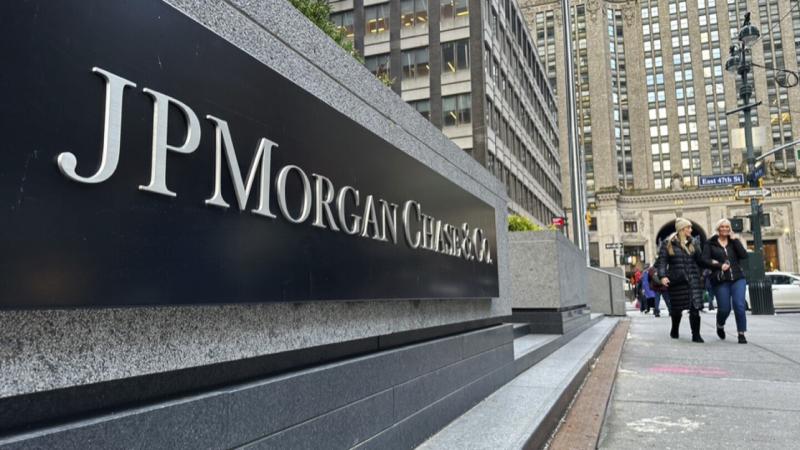
JPMorgan clients echo mixed but mostly hopeful views. “The headlines rattled me, but my advisor walked me through the longer-term strategy,” said San Diego small-business owner Carl Needham, who tracks market moves for his self-employed retirement portfolio.
Retiree Elena Royce described receiving JPMorgan’s advisory letter in Georgia: “They weren’t sugarcoating. They said, ‘This is noise, not chaos.’” The firm’s outreach reportedly included webinars and real-time market updates focused on calming investor nerves while reinforcing long-haul convictions in the U.S. economy.
Rivals More Cautious
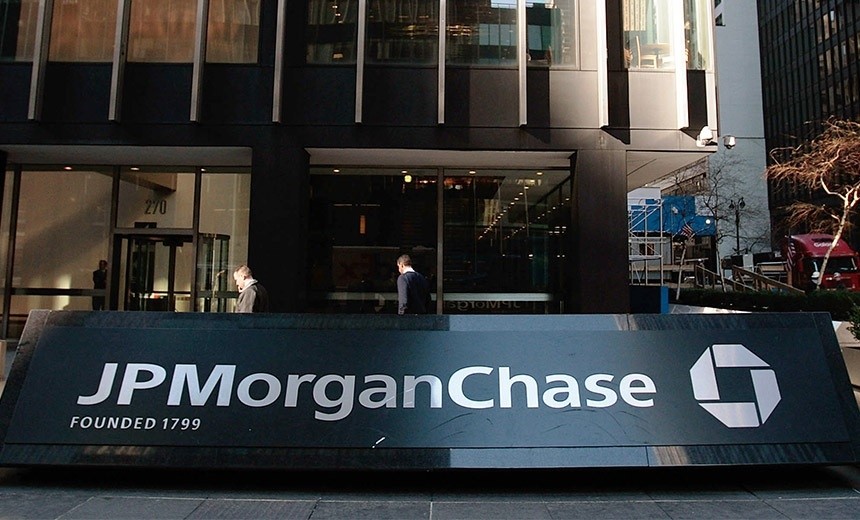
Other major players aren’t as bullish. Goldman Sachs recently reduced U.S. equities exposure in its global strategy index, citing fiscal imbalance concerns. Morgan Stanley has warned clients that continued politicization of debt ceilings could lead to rating downgrades.
Yet both banks still maintain that U.S. markets are “too central to exit entirely.” Even critics respect U.S. capital depth: as Barclays said, “If you’re not in America, you’re not in the game.” JPMorgan’s position stands out but exists within a broader range of cautious optimism.
Macro Indicators Hold
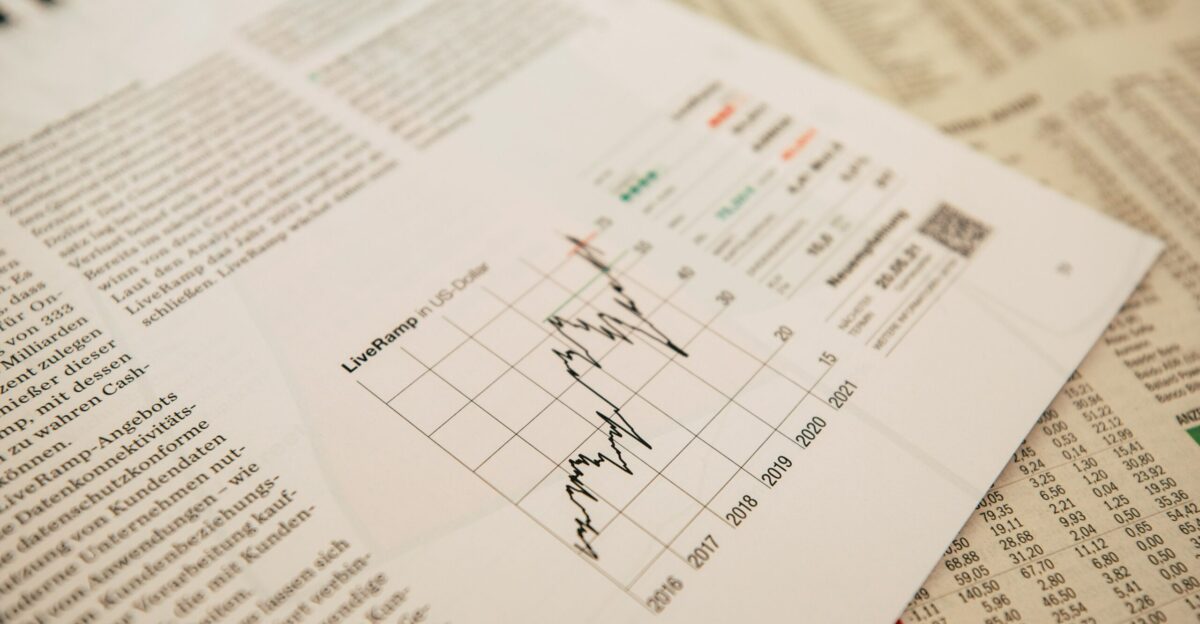
Macroeconomic indicators continue to buttress JPMorgan’s view. Despite debt pressures and tariff retaliation, the U.S. dollar remains strong against major currencies, inflation has moderated to 3.1%, and unemployment hovers near 4.2%.
Corporate earnings in Q2 surprised to the upside, particularly in finance, tech, and energy. The IMF raised its 2025 U.S. growth forecast to 2.7%, citing “persistent consumer demand and diversified sector strength.” Markets may be volatile, but the signal through the noise trends toward continuity, not collapse.
The Long Game

Ultimately, JPMorgan’s bet is on America’s staying power, which is not free from risk but built for rebounds. The central question isn’t whether tariffs or debt will dent short-term performance, but whether they can undo decades of structural confidence built into the U.S. system.
As Jamie Dimon recently said, “We’ve been through worse, and we’ve always come out stronger.” Whether that remains true in a more divided, debt-heavy future will shape investment strategy well into the next decade.